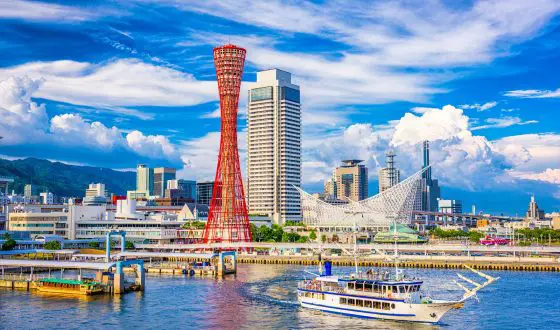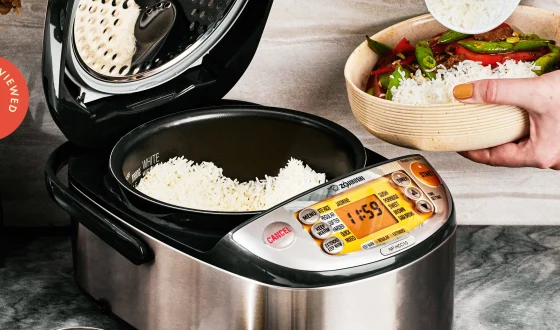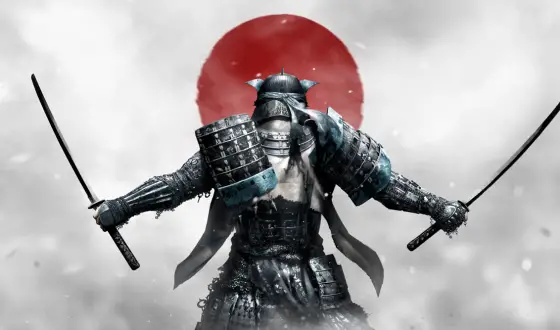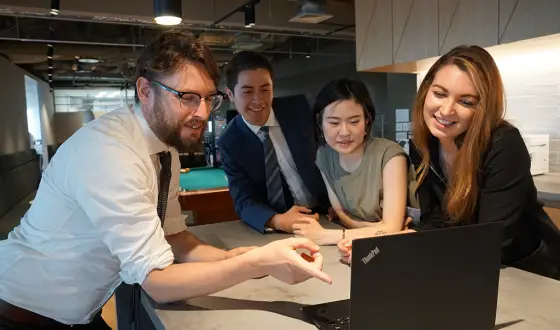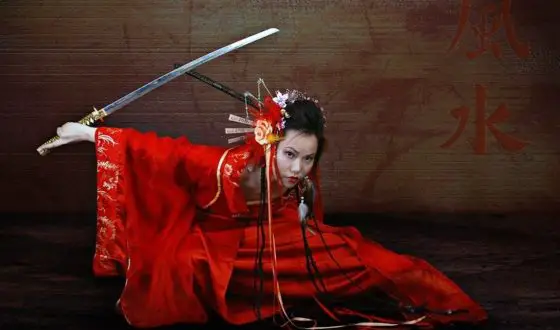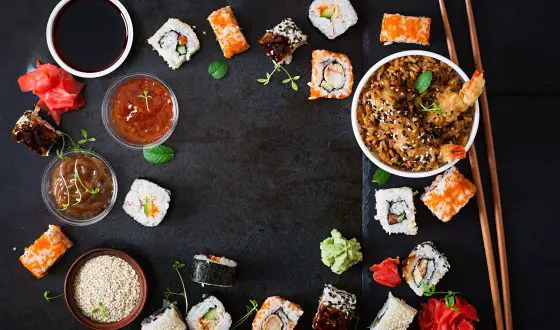Best Bars in Tokyo – Must-Try Places in Tokyo
Welcome to the best bars in Tokyo, according to our critics. The best bars in the city right now are included on our list, including everything from craft beer pubs to sake experts.
When creating this list, we paid close attention to beverages of the highest caliber. But in addition to the prestigious pubs and serious Ginza establishments, we also want to highlight more laid-back, budget-friendly spots that make excellent hangout spots for locals.
Of course, you’ll find plenty of those here as well if you’re seeking one of Tokyo’s fabled omakase-style bars, where the bartenders serve out seasonal specialties.
As drinking is all about having fun, we also search for a bar’s fun factor. It can be a fun theme, hip interior design, a unique menu, or even a welcoming, unhurried service that puts you at ease. In the end, these are the locations we keep returning to and always tell our friends about.
10 Best Bars in Tokyo – The Greatest Suggestions You Should Experience When Coming to Japan
1. Gen Yamamoto
The atmosphere is more reminiscent of an upscale kappo counter restaurant than a cocktail bar, but that’s only fitting for this exceptional bar in Azabu-Juban.
Gen Yamamoto, the bar’s namesake, creates cocktails while standing behind a counter made from a piece of Japanese oak that has been cut in half. He uses a range of domestic fruits and vegetables to make his drinks, so a professional-grade kitchen knife rather than a cocktail shaker is more likely to be seen in his hands.
He explains that he only uses jiggers when customers order straight booze. All of his measurements and stirring are done by eye, and the results are frequently stunning.
Even though Yamamoto has experience in many of Tokyo’s best bars and the New York cocktail scene, he adopts a very unique style here that differs greatly from either his Japanese counterparts’ fixation with mastering the classics or the US mixology explosion.

Gen Yamamoto, the bar’s namesake, creates cocktails while standing behind a counter made from a piece of Japanese oak that has been cut in half. (Source: Internet)
Instead, Yamamoto opened one of the first bars to sell omakase cocktails after returning to Japan in 2012. In other words, there isn’t a menu for you to choose from.
Simply select a sample set of four, six, or seven drinks for ¥4,800∼ 35,78 USD, ¥6,900∼ 51,43 USD, or ¥7,800 ∼ 58,14 USD, respectively (if you’re looking for a deal, find elsewhere). There’s a high chance Gen Yamamoto served as the model for “bartender’s choice” menus, which you may have ordered in the past.
Each cocktail will be served to you and your dining companions one at a time, with an explanation of the background of each ingredient (in both English and Japanese). The entire process takes roughly 90 minutes. The cocktails here are often smaller and less alcoholic than what you’ll get at most bars, so don’t worry about getting too wasted.
You will, however, be receiving value for your money, so relax. There is a good chance that no two trips will be the same because the menu is always changing to reflect what is in season.
The setting is quiet without becoming reverent, there are just eight seats, and there is no background music, so new customers should feel at ease right away. Bookings must be made over the phone at least seven days in advance, but Yamamoto is a native English speaker.
Information
Address:
Anniversary Building, 1F, 1-6-4 Azabu-Juban, Minato, Tokyo
Contact:
03 6434 0652
Transport:
Azabu-Juban Station (Namboku, Oedo lines)
Opening hours:
Tue-Sat 3 pm – 9 pm, closed Mon
2. The Bellwood
The SG Club, which was named the best bar in Japan and one of the top ten bars on Asia’s 50 Finest Bars 2021 list, was so well-liked that the SG Group opened a second bar in Tokyo that was modeled after the vintage kissaten (coffee shops) of the Taisho period (1912–1926).
The cocktail menu, which features inventive concoctions like the frozen coffee-based Udabra made with Bacardi Ocho, café con leche, and sesame, is the brainchild of legendary bartender and Chivas Masters World Champion Atsushi Suzuki.
It is meant to pair with dishes like the Thai-inspired ramen, which is available every night at 11 p.m.

The SG Club, which was named the best bar in Japan and one of the top ten bars on Asia’s 50 Finest Bars 2021 list, was so well-liked that the SG Group opened a second bar in Tokyo. (Source: Internet)
Even a second, smaller bar in the facility’s back is set aside for experimenting with cocktail and food pairings. One of the best contemporary sushi dining experiences the city has to offer, in our opinion, is the present pop-up Bellsushi.
Information
Address:
41-31 Udagawacho, Shibuya, Tokyo
Contact:
03 6452 5077
Transport:
11-minute walk from Shibuya Station
Opening hours:
6pm-2am daily
3. The SG Club
The SG Club, which bears the name of its creator and eminent bartender Shingo Gokan, knows how to have fun with cocktails while still upholding the high standard of expertise that has come to represent Tokyo’s cocktail scene. Gokan, a frequent traveler and recipient of awards, has added a few more medals to his collection: he was named the “Altos Bartenders’ Bartender” at the 2019 Asia’s 50 Best Bars, and The SG Club ranked No. 13 on the list.
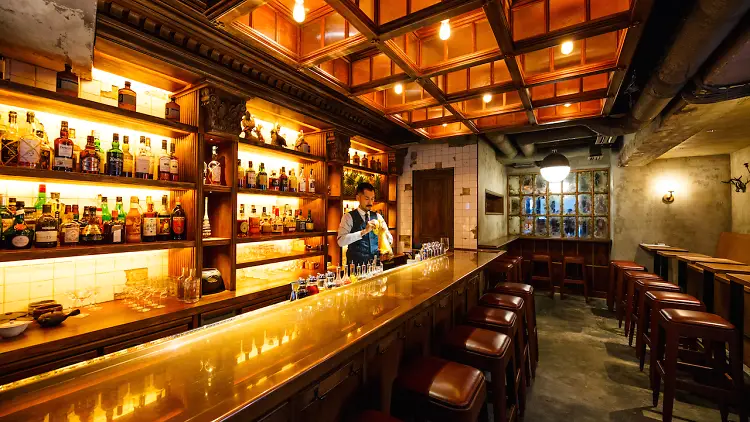
The SG Club, which bears the name of its creator and eminent bartender Shingo Gokan, knows how to have fun with cocktails. (Source: Internet)
Two floors make up the pub, and each has a distinct theme and food. On the ground floor, there is a bar named Guzzle that serves casual drinks. Sip, a chic den with a speakeasy-like atmosphere and a shoe-shine service, is located in the basement.
The extensive drink menu at The SG Club is just as diverse as its patrons, frequently fusing elements from Japan and elsewhere with excellent results.
A sprinkle of grated Parmigiano Reggiano elevates the traditional pisco sour, yuzu, shiso, and plum salt give the Flirtibird a margarita-like flavor, and Thai iced tea, condensed milk, and tapioca pearls are used to create a bubble tea-inspired drink. The best feature of Guzzle is that there is an English menu and no table or cover charge.
Information
Address:
1-7-8 Jinnan Shibuya, Tokyo
Contact:
03 6427 0204
Transport:
8-min walk from Shibuya Station
Opening hours:
11.30am-2am, Fri & Sat 11.30am-3am
4. Bar Orchard Ginza
As the name would suggest, the cocktails at this upmarket bar close to Ginza Station are created with fresh, in-season fruits. The bartenders here are what you might call traditionalists with an open mind who are constantly coming up with fresh concepts. To add a little additional zing to their concoctions, they use a very small number of mixology techniques.
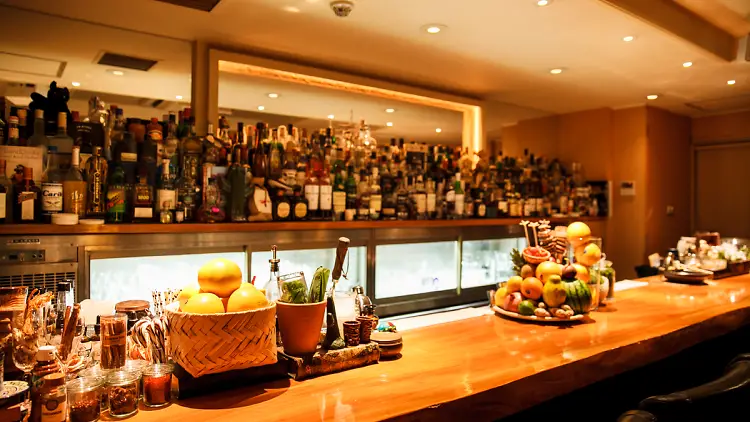
As the name would suggest, the cocktails at this upmarket bar close to Ginza Station are created with fresh, in-season fruits. (Source: Internet)
Be on the lookout for smoke billowing from behind the bar as they experiment with liquid nitrogen to produce bizarre-looking but perfectly balanced “frozen” cocktails. They behave in a manner that is reminiscent of an old-fashioned magic show: not overly showy, a little enigmatic, and always coming to a satisfying conclusion.
Information
Address:
Sanraku Bldg 7F, 6-5-16 Ginza, Chuo, Tokyo
Contact:
03 3575 0333
Transport:
Ginza Station (Marunouchi, Hibiya, Ginza lines)
Opening hours:
Mon-Sat 6pm-11.30pm (last entry 11pm), closed Sun & hols
5. Flying Bumblebee
The kind of bar that seems bound to gain popularity by word-of-mouth is Flying Bumblebee, which is tucked away in a basement on a sleepy Daikanyama side street. You are unlikely to discover this location by accident given that the entry is via a plain concrete stairway. Once inside, Flying Bumblebee feels like a secret you just can’t keep to yourself because of the dim lighting, modern aesthetic, and trip-hop soundtrack.
The Tokyo cocktail bar Flying Bumblebee is not like other bars. Ai Igarashi, a bartender who has experience working at Bar Trench in Ebisu as well as Singapore’s D2tllry and Maison Ikkoku, owns and operates it.
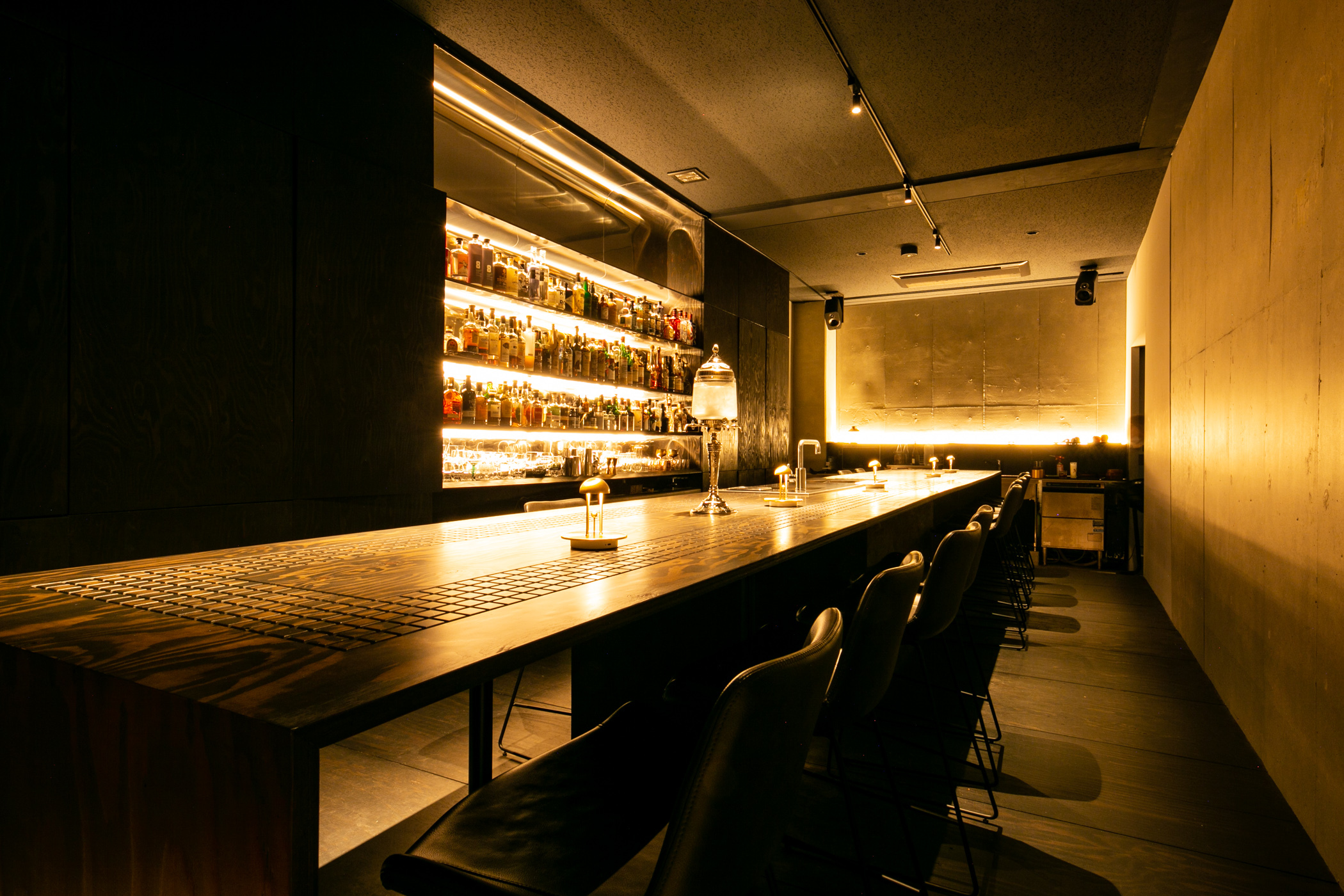
The kind of bar that seems bound to gain popularity by word-of-mouth is Flying Bumblebee, which is tucked away in a basement on a sleepy Daikanyama side street. (Source: Internet)
Instead of the conventional layout with the bartender on one side and the customers on the other, Flying Bumblebee has an open floor plan. Igarashi glides back and forth, dispensing drinks and chit-chatting with regulars, as a dark marble island bar dominates the space. There are stools on both sides.
Expect no heavy leather-bound menus here; in keeping with the sparse decor, the bar believes that less is more when it comes to drinks. There are five standard and five seasonal cocktails on the one page menu. Classics like the negroni, pisco sour, and, appropriately, James Bond’s preferred vesper drink are all included on the standard menu.
The fun Financier Cocktail (¥1,600 ∼ 11,93 USD), for example, is on the seasonal list where there are other more luxurious drinks. The best ramos gin fizz in town, presented in an unusually risqué glass, may be our favorite (¥1,800 ∼ 13,42 USD). Igarashi also provides a range of absinthe (starting at ¥1,540 ∼ 11,48 USD), which you may consume via a conventional fountain or in a cocktail. This is undoubtedly inspired by her time at Trench.
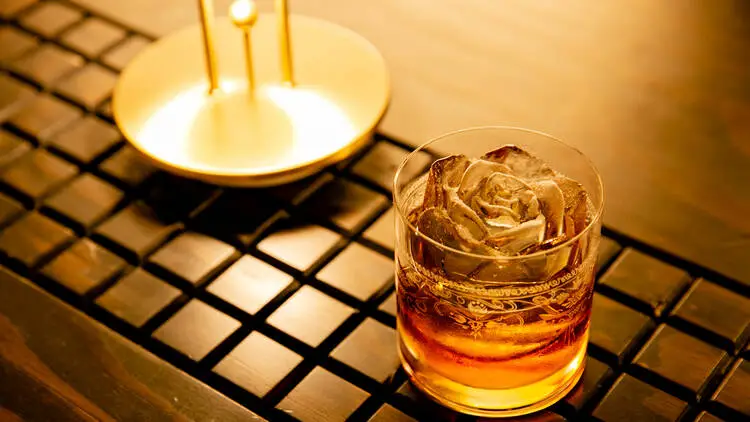
The fun Financier Cocktail is on the seasonal list where there are other more luxurious drinks. (Source: Internet)
Feeling hungry? There’s no need to get up and go because you can order from a constantly changing menu of savory and sweet appetizers to go with your drinks. Desserts like little cakes made with citron, fig, and anise (¥990 ∼ 7,38 USD) lie beside bar staples like olives and basil cheese nuts (each ¥660 ∼ 4,92 USD).
Information
Address:
B1, 13-7 Daikanyama, Shibuya, Tokyo
Contact:
03 6455 1185
Transport:
Daikanyama Station
Opening hours:
5pm-12am Wed-Mon, closed Tue
6. Qwang
Since 2000, Qwang has been serving delicious cocktails and tantalizing Thai food in its cozy Roppongi basement. Don’t be fooled by the bar’s address; it is a far cry from the more popular tourist attractions in the neighborhood.
Qwang’s more laid-back atmosphere and simple service are a breath of fresh air in a neighborhood of the city frequently dominated by eateries, boutiques, and clubs as transitory as they are pricey.
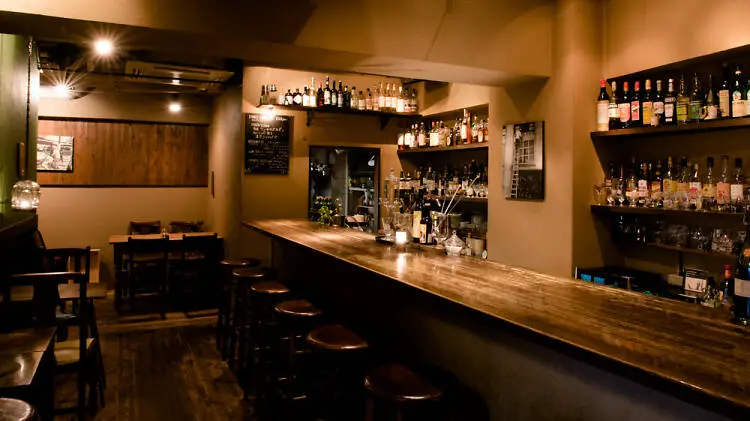
Since 2000, Qwang has been serving delicious cocktails and tantalizing Thai food in its cozy Roppongi basement. (Source: Internet)
Yasuhiro and Junko Hasegawa, the bar’s husband and wife proprietors, are crucial to its longevity. Together, Yasuhiro and Junko have made the ideal setting for showcasing their skills: Yasuhiro with drinks and Junko with food.
Junko, a veteran of various Thai eateries in the city, offers an excellent selection of foods on a weekly-changing menu. Additionally, these go beyond just basic bar nibbles. Expect traditional dishes like green curry (¥1,540 ∼ 11,48 USD) and a fantastic pad thai in addition to unusual selections like okonomiyaki made in the style of Thailand (¥1,650 ∼ 12,3 USD). Not interested in a complete meal? Instead, grab a packet of shrimp crackers (¥770 ∼ 5,74 USD) or a piece of handmade almond cake (¥660 ∼ 4,92 USD).
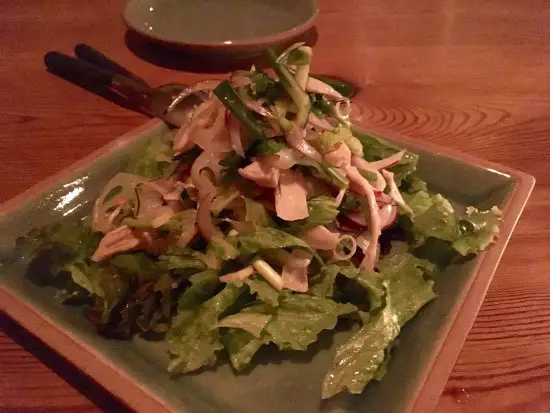
Junko, a veteran of various Thai eateries in the city, offers an excellent selection of foods on a weekly-changing menu. (Source: Internet)
Yasuhiro provides an equally fascinating assortment of beverages behind the bar. Drinks range from classic highballs from the 19th century, like the Mamie Taylor, to original creations from the bar, like the Gingerbread Manhattan (both ¥1,760 ∼ 13,12 USD). The Southeast Asian cuisine is nicely complemented by the menu’s distinct tropical flair, which includes our favorites, pia coladas and daiquiris.
If you want to stick to beer or wine, keep an eye out for the specials board to uncover the more adventurous items. There is a surprisingly extensive range of low- and no-alcohol options for an old-school cocktail bar.
The extensive cuisine highlights Qwang’s exceptional hospitality, which is what truly sets it unique. You are immediately made to feel at home as soon as you enter. Yasuhiro and Junko will make you comfortable whether you are seated at the gleaming oak bar or one of the little tables. The welcoming ambiance gives off the vibe of a neighborhood hangout that you wouldn’t expect to find in this posh neighborhood.
Information
Address:
Rd Nishiazabu Bldg, B1, 3-1-18 Nishiazabu, Minato, Tokyo
Contact:
03-5410-8998
Transport:
Roppongi Station
Opening hours:
6pm-1am daily, closed Sun
7. Faramarz Lounge & Gallery
There are two different kinds of tequila establishments: those that offer more expensive spirits meant to be savored rather than chugged, and those that serve shots of unaged booze meant to be blasted back between licks of salt and lime wedges.
Each of these locations has its proper times, albeit the latter is certainly more infrequent in Tokyo. Because of this, you should value Faramarz Lounge & Gallery even more—it’s a hidden gem in Nakameguro’s back alleys, right close to Udatsu Sushi.
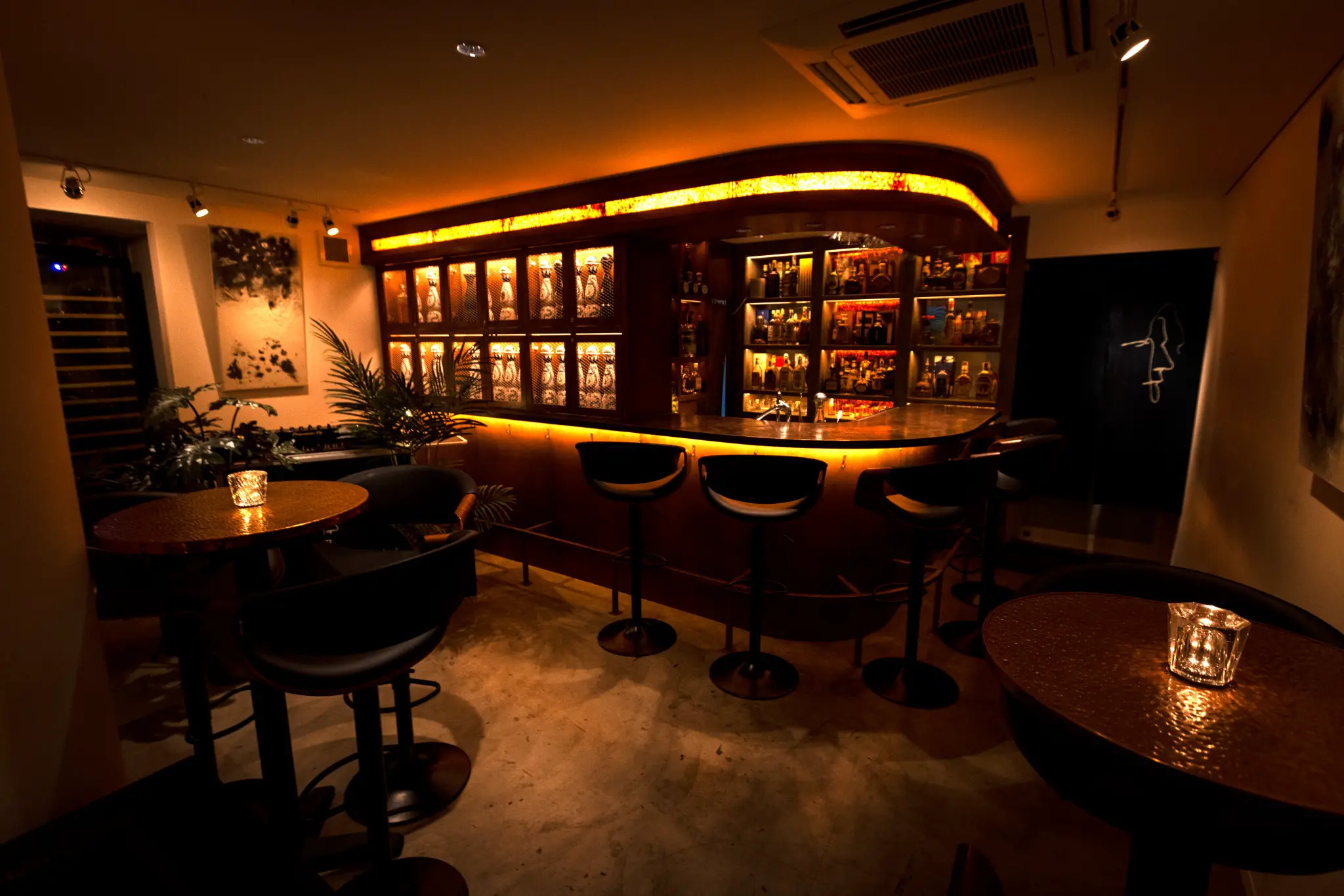
Faramarz is the finest location to visit if you want to understand more about how tequila is made. (Source: Internet)
Faramarz, a bar run by bartender Faramarz Khademhosseini (Ferri, for short), features shelves with copper backs stocked with everything from vintage bottles of Jose Cuervo Reserva to Cazadores Aejo Cristalino, a 100% blue agave tequila.
Faramarz is the finest location to visit if you want to understand more about how tequila is made. With a dinner course and a tasting menu offered by the bar, patrons may sample a variety of single-origin tequilas and mezcals while learning everything there is to know about the production process, from the soil agave is cultivated in until the bottling stage.
Ivalu Acurio, a chef who had official training at Le Cordon Bleu Tokyo and whose cooking is built on a foundation of her Peruvian roots, serves up the courses of the tasting menu. The menu features everything from buttery golden-brown maize empanadas to tangy clam ceviche with leche de tigre.
You can reserve a tasting menu for ten people at a time for ¥20,000 ∼ 149,07 USD per person. You can also add grilled wagyu beef for an extra ¥5,000 ∼ 37,27 USD. Thankfully, you don’t necessarily have to book a full tasting menu to sample what is clearly the best bar food in Nakameguro. You can order Chef Ivalu’s empanadas and BBQ pork sliders from the bar food menu to munch while drinking a fresh margarita or bloody maria.
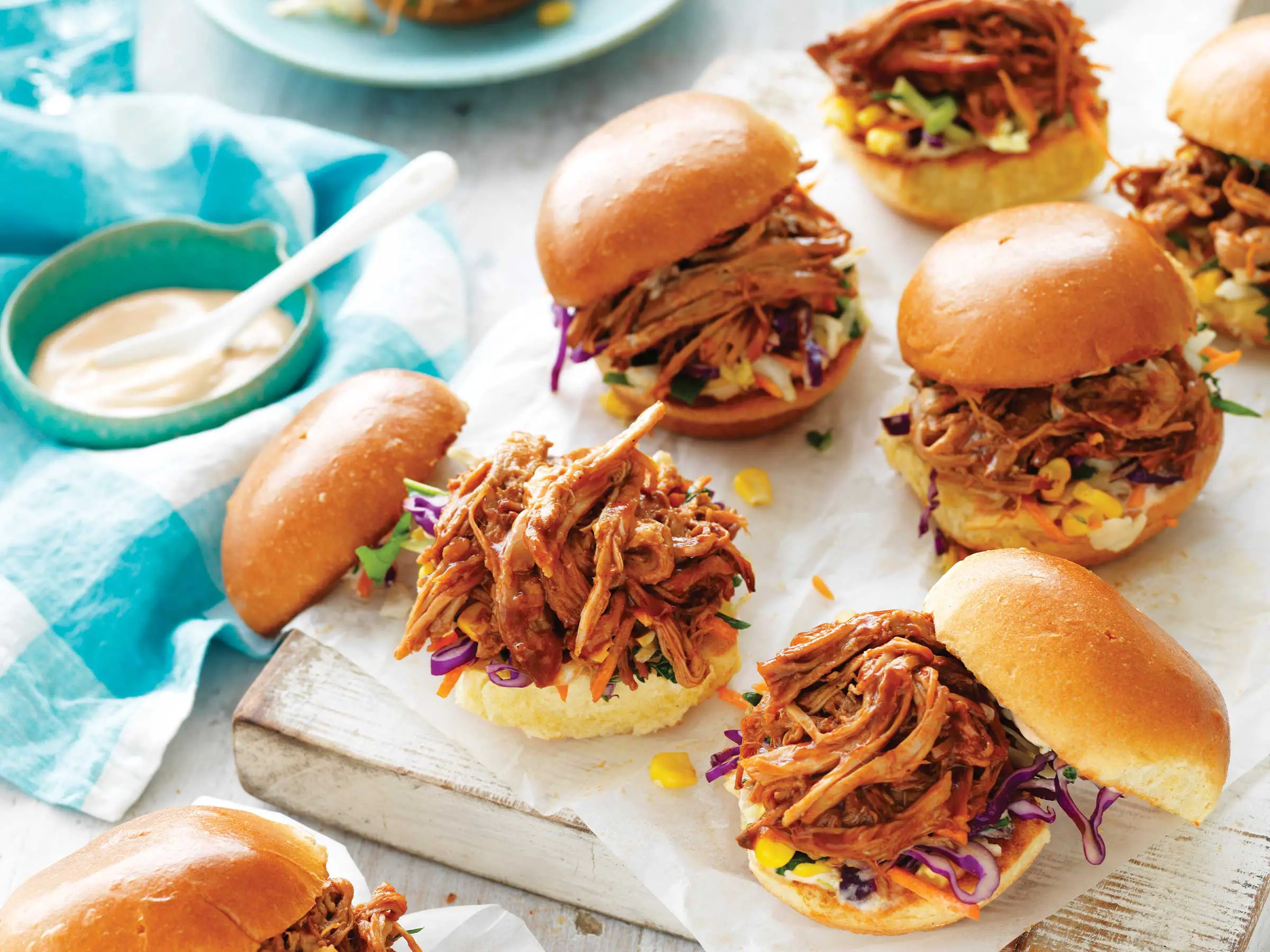
You can order Chef Ivalu’s empanadas and BBQ pork sliders from the bar food menu to munch while drinking a fresh margarita or bloody maria. (Source: Internet)
Information
Address:
2 Chome-48-10 Kamimeguro, Meguro, Tokyo
Contact:
Transport:
Nakameguro Station
Opening hours:
5pm-late, closed Sun-Mon
8. Mixology Salon
Prim and stuffy places with an expensive drink menu typically come to mind when one thinks about Ginza bars. You can imagine how happy we were to have discovered Mixology Salon, which defies that perception by embracing a laid-back atmosphere that extends to its innovative Japanese-influenced cocktail menu.
On the 13th floor of Ginza Six, this unassuming area is easily accessible and is tidy and understated yet friendly. In fact, there’s a compelling reason why it resembles a contemporary tea bar more than a bar serving alcohol. The specialty drinks of Mixology Salon, which specializes in what they refer to as “teatails,” are all crafted using a proprietary mixture of tea-infused alcohol.
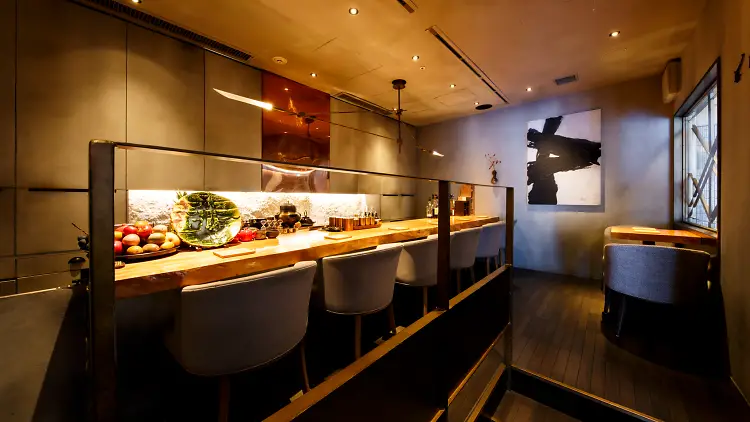
You can imagine how happy we were to have discovered Mixology Salon, which defies that perception by embracing a laid-back atmosphere that extends to its innovative Japanese-influenced cocktail menu. (Source: Internet)
From hojicha-infused bourbon and soba cha vodka to oolong tea-flavored rum and sencha gin, a vast variety may be found here. We advise first-timers to opt for a teatail course, where they can select from three to five beverages crafted with a specific tea in mind. Otherwise, the Green Tea Fashioned (around ¥1,700 ∼ 12,67 USD), a modern twist on the traditional Old Fashioned, is a great choice. Do you enjoy sweets? Get the Soba Cha drink (¥1,600 ∼ 11,93 USD), which combines pineapple and vodka that has been infused with buckwheat tea. It is concluded with an unexpected miso flavor.
Note: There is an ¥800 ∼ 5,96 USD table charge per person. Price does not include sales tax.
Information
Address:
Ginza Six 13F, 6-10-1 Ginza, Chuo-ku, Tokyo
Contact:
03 6280 6622
Opening hours:
11am-11pm (last orders 10.30pm) daily
9. Ishinohana
Ishinohana, Shibuya’s answer to the upscale cocktail bars in Ginza, specializes in seasonal drinks. Owner Shinobu Ishigaki uses a variety of fresh fruit and vegetables to make his signature drinks at this basement bar, which is only a short distance from Shibuya Station. A gin and tonic is created with kumquats, while a margherita is spiked with house-made cassis confiture.
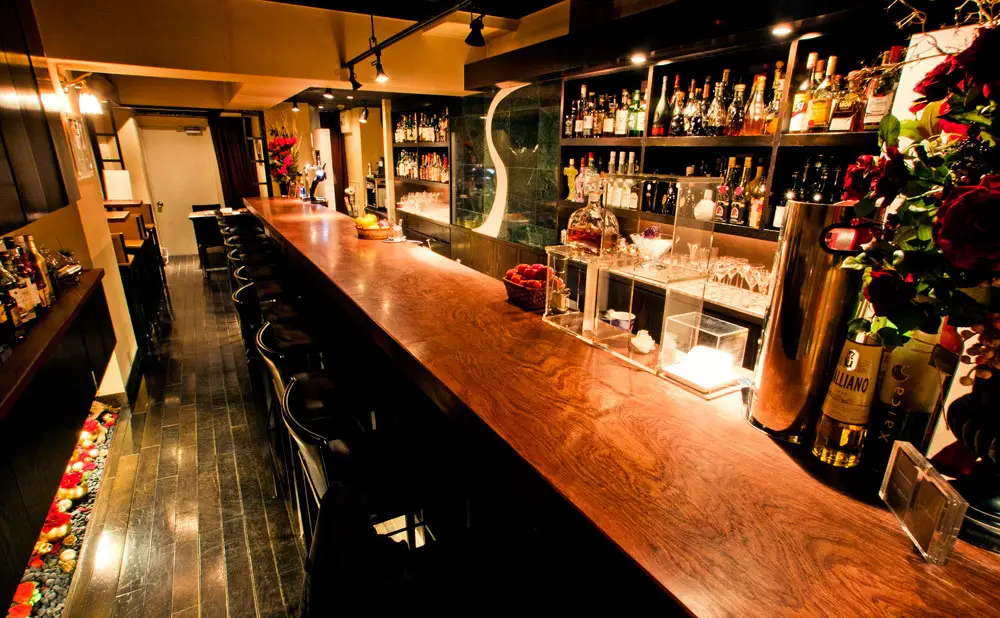
Ishinohana, Shibuya’s answer to the upscale cocktail bars in Ginza, specializes in seasonal drinks. (Source: Internet)
There are entire menus devoted exclusively to mojitos and martinis, in addition to a wide selection of inventive drinks like Ishigaki’s award-winning Claudia (a martini with pineapple juice and caramel syrup) and Polar Star (aquavit, apple syrup, and lemon juice). First-time visitors should find the ambience to be far less frightening than at Ginza’s bartending temples because the quality is typically very excellent indeed.
Information
Address:
3-6-2 Shibuya, Shibuya, Tokyo
Contact:
03 5485 8405
Transport:
Shibuya Station (Yamanote, Shonan-Shinjuku, Ginza, Hanzomon, Fukutoshin, Denentoshi, Keio Inokashira, Tokyu Toyoko lines)
Opening hours:
Mon, Tue, Thu, Fri from 5pm, Sat & Sun from 4pm, closed Wed & hols
10. Janai Coffee
Or is it just your typical coffee shop? As opposed to other speakeasies, finding Janai Coffee requires more effort than simply looking for a hidden door. Reservations are required at this coffee cocktail specialty bar in order to get a spot, and accessing the hidden booking site requires breaking into the Janai Coffee website. To avoid ruining the surprise, we’ll just leave you with this piece of advice: when visiting the Janai Coffee website, pay close attention to the store logo and trace clockwise. It’s simpler with a phone.
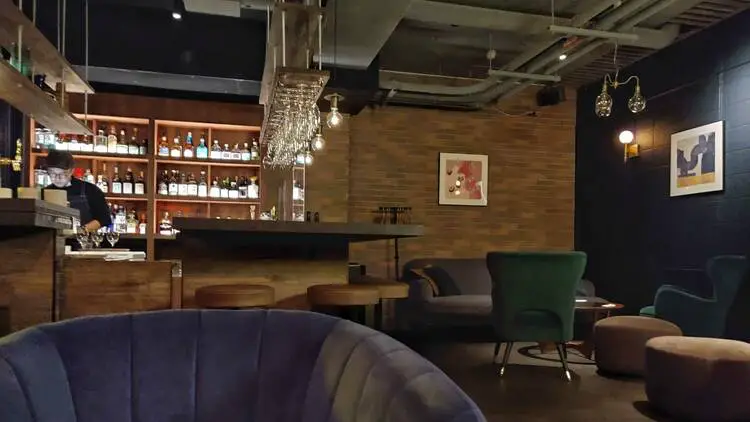
As opposed to other speakeasies, finding Janai Coffee requires more effort than simply looking for a hidden door. (Source: Internet)
If your reservation was successful, go to the coffee shop, access the secret webpage on your phone, and show it to the barista. They will direct you through the secret entryway. The barista may deny there is a bar buried in the venue somewhere if you can’t show that you’ve solved the website’s riddle. They are quite committed to keeping this well-kept secret.
Information
Address:
2-3-13 Ebisu, Shibuya, Tokyo
Transport:
Ebisu Station
Opening hours:
6pm-12midnight daily.
You can also like:
- 5 Best Internet Providers in Tokyo Japan: A Complete Guide
- Best Ramen In Shinjuku: Must Try When Visiting Tokyo
What you should know about Japanese bars
Here’s what you need to know about going out for drinks and having a good time in Tokyo, from happy hours through after hours.
1. Everything you need to know about Tokyo’s nightlife dress requirements, including “Dress to Impress”
Although there isn’t a set dress code for Tokyo bars, keep in mind that Japan is a rather conservative nation and that it is traditional to dress modestly for a night out.
There are many bars with casual dress requirements, yet some places don’t appreciate seeing people in sandals and shorts. Instead, think about dressed in sophisticated casual attire. Even while Japan’s attitude on obvious tattoos has softened over time, many places may refuse to serve you if your ink is visible. Think about bringing a jacket or wearing clothing that conceals any tattoos you can see.
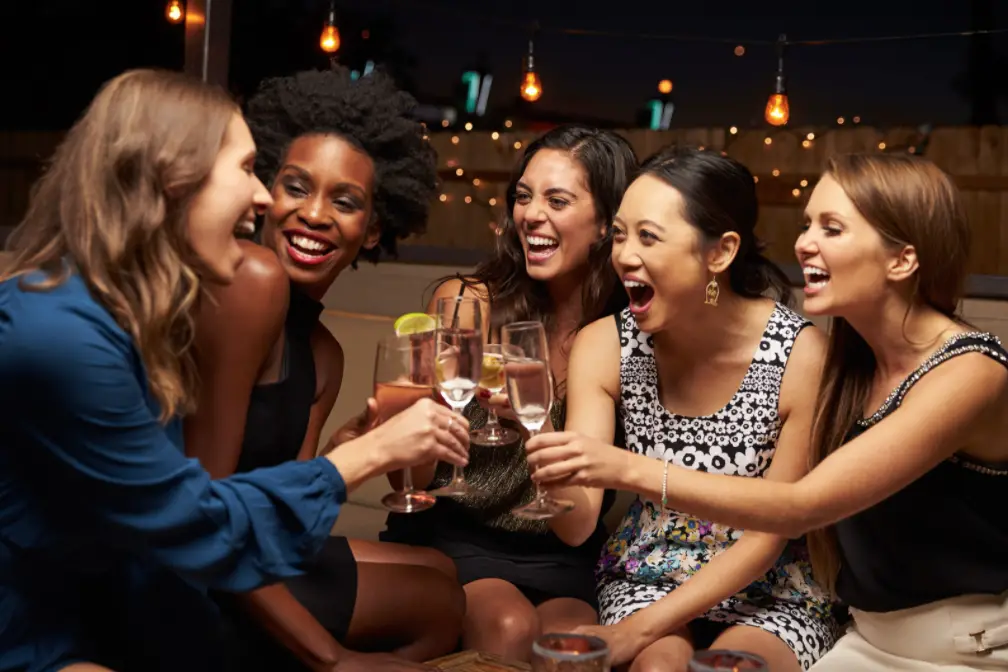
There are many bars with casual dress requirements, yet some places don’t appreciate seeing people in sandals and shorts. Instead, think about dressed in sophisticated casual attire. (Source: Internet)
2. In Japan, you’ll find pubs that serve whisky, wine, and a variety of beverages.
Along with specialty bars like wine bars, cocktail bars, and bars that are perfect for foreign tourists, Japan’s nightlife and bar industry is as diversified as its culinary sector.
Numerous world-renowned bars with unmatched customer service, creative mixology methods, and all-around one-of-a-kind experiences can be found in Tokyo.
Many bars in Japan have a more personal ambiance than what most tourists may be used to, yet every experience may vary from bar to bar. For instance, some places may not accept boisterous behavior or loud shouting.
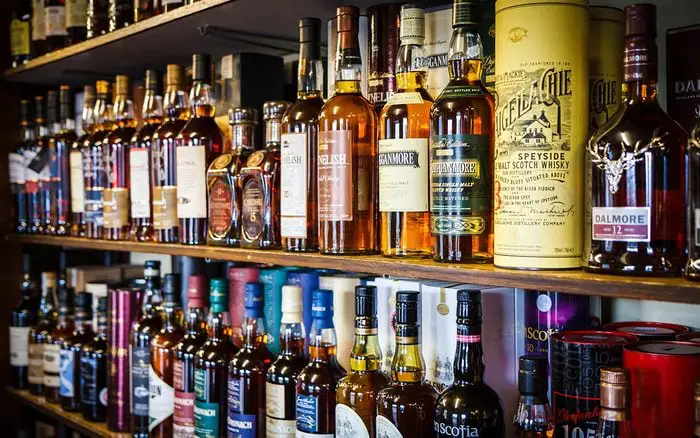
Along with specialty bars like wine bars, cocktail bars, and bars that are perfect for foreign tourists, Japan’s nightlife and bar industry is as diversified as its culinary sector. (Source: Internet)
Most bars in Tokyo allow smoking. You might be able to find non-smoking seating, but don’t count on it everywhere. Read up on your destination’s house rules where you may find information regarding dress codes, etiquette, and reservations to make the most of your night out in Tokyo before you go out to see Tokyo at night.
3. Learn these expressions and terms for a night out in Tokyo to drink like a local
- Reservations: When entering the bar, say yoyakushita sumisu desu, which translates to “reservation under,” followed by the surname under which the reservation was made.
- Numbers and groups: If you’re in a small group and want to go out to a bar in Tokyo, you can use the phrases ni mei for two people, san mei for three people, yon mei for four people, and go mei for five people. The phrase “ichi mei” (one person) might be used if you are traveling alone.
- Non-smoking seating: Despite the fact that smoking is customary in bars in Tokyo, you can ask for a non-smoking seat by saying the phrase kinen seki de onegaishimasu.
- Ordering drinking: Chuumon yoroshii desuka, which translates to “can we order?” should be used to request your first beverage.
- Say okawari onegaishimasu, which translates as “another please,” when you’re ready for a second drink.
- Toasting: Kanpai, which resembles the English word “gahn-pie,” is the most popular way to express “cheers” in Japanese.
- Bill payment: Okaikei onegaishimasu, which means “check please” in the Japapence language, can be used to ask for your tab
The top 7 hidden bars in Tokyo
Some things are simply too good to keep to yourself, which is the problem with keeping secrets. Even though we’d prefer to keep these fantastical hideaways to ourselves, we’ll break the beans only once since we really believe that everyone should visit these secret bars and speakeasies. We’re talking about subtly hidden entrances in quiet alleyways and exclusive wine bars that only a well-connected buddy would know about.
Do you believe you have explored every unassuming nook and secret cavern Tokyo has to offer? This list, we believe, proves the opposite.
1. A10
Only those with the right information can find the speakeasy’s entrance, which is concealed in plain sight. The row of lockers across from Ebisu Park appears to the inexperienced eye to be just another streetside storage facility. The entire wall, however, swings up to reveal a flight of stairs descending to the basement if you attempt to open one of the boxes to store something.
This chic record bar is stocked with old vinyl records from jazz to R&B and was designed in the style of New York speakeasies from the 1920s. Each night at A10, a separate group of music selectors chooses and combines various sounds for the turntable as the bartenders mix drinks. There are countless classic drinks available at the bar, but mixologist and head bartender Shuzo Nagumo also creates house specialities.

Each night at A10, a separate group of music selectors chooses and combines various sounds for the turntable as the bartenders mix drinks. (Source: Internet)
Try Nagumo’s Tropic Espresso Martini (¥1,650 ∼ 12,3 USD), which is made with clarified coconut milk and dry banana rum, or the Pimento Batida (¥1,760 ∼ 13,12 USD), which is made with handcrafted Don Juliuo-infused tea and spiced with a dash of chipotle. A10 levies a ¥1,100 ∼ 8,2 USD cover fee per passenger.
2. SG Low
One of Shibuya’s best izakayas, known for its lemon sour cocktails, is hidden behind a plain door on the second floor of an old office building. Mind you, these aren’t your typical lemon sours from an izakaya.
The food at SG Low, a sibling restaurant to our beloved SG Club, is more of a whimsical modern twist on tried-and-true favorites. Like your typical izakaya, SG Low offers a complimentary otooshi (welcome appetizer), but instead of cold tofu or a bowl of edamame, the first item on the menu is a seasonally appropriate welcome martini.
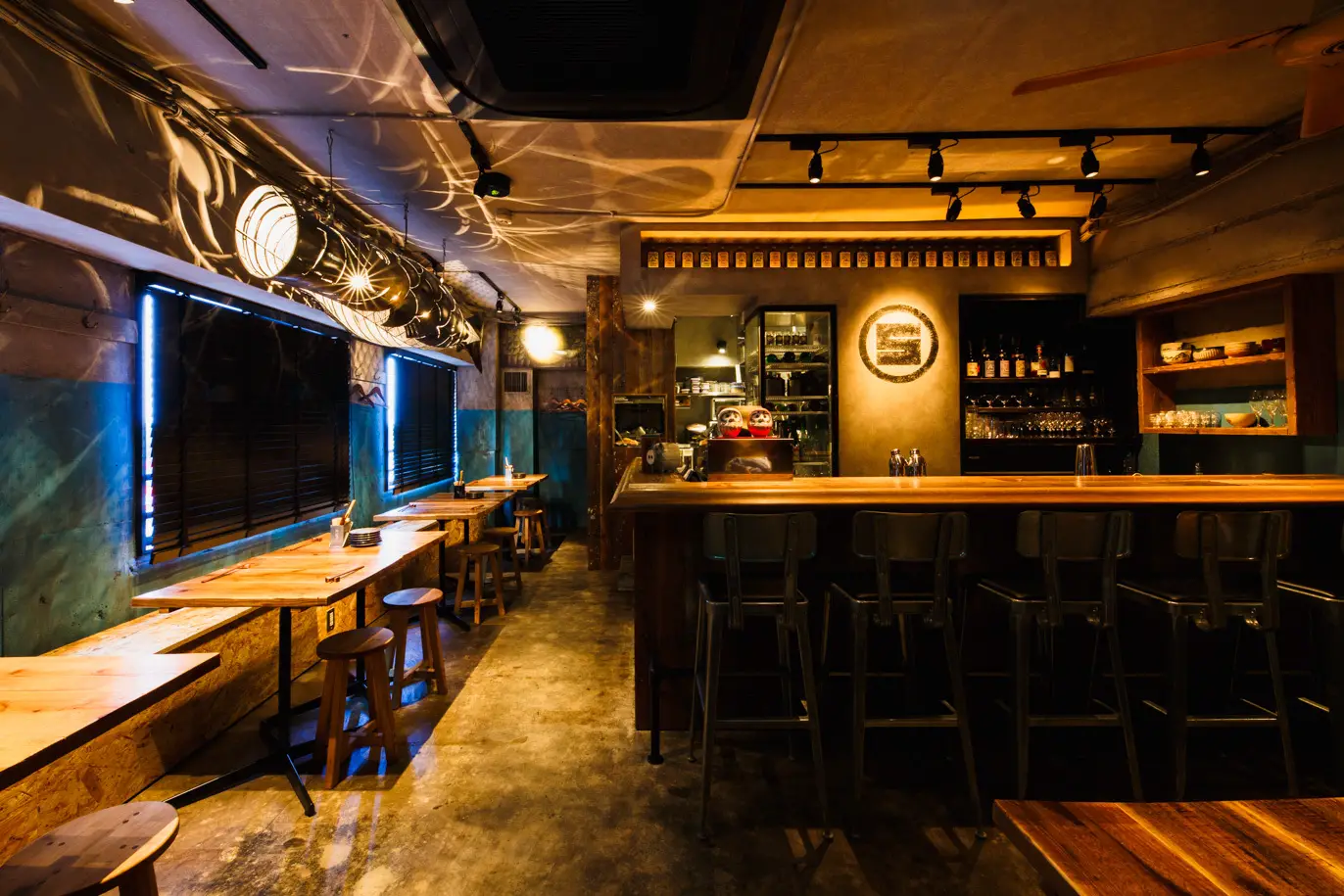
The food at SG Low, a sibling restaurant to our beloved SG Club, is more of a whimsical modern twist on tried-and-true favorites. (Source: Internet)
Think of the meal as traditional izakaya sharing dishes with a modern touch. While the potato salad is done up to look like a tiny bowl of ramen, the deep-fried nankotsu (chicken cartilage) is coated in scorching red buffalo-wing sauce.
A crisp lemon sour pairs nicely with everything, and the bar has countless versions of them. The staff advises starting with the “normal lemon sour” (¥700 ∼ 5,22 USD) and working your way down the list. Other varieties include the Sauna Sour with a twist of salt and one that genuinely changes your taste receptors for a period of 30 minutes.
3. Annex bar-trenches
The whimsical absinthe tavern in the backstreets of Ebisu, tavern Trench, is now well known to every cocktail connoisseur in Tokyo. The Trench Annex, the bar’s covert pop-up, is however little known. A door inside Bar Triad, reveals a hidden stairway leading to the floor above, and from there, patrons can enter the annex, a bar within a bar. The annex, which is an addition to another pub, is noticeably bigger and roomier than Trench’s primary venue, with sofa seating and a quite romantic balcony space looking out over the dimly lighted street below.
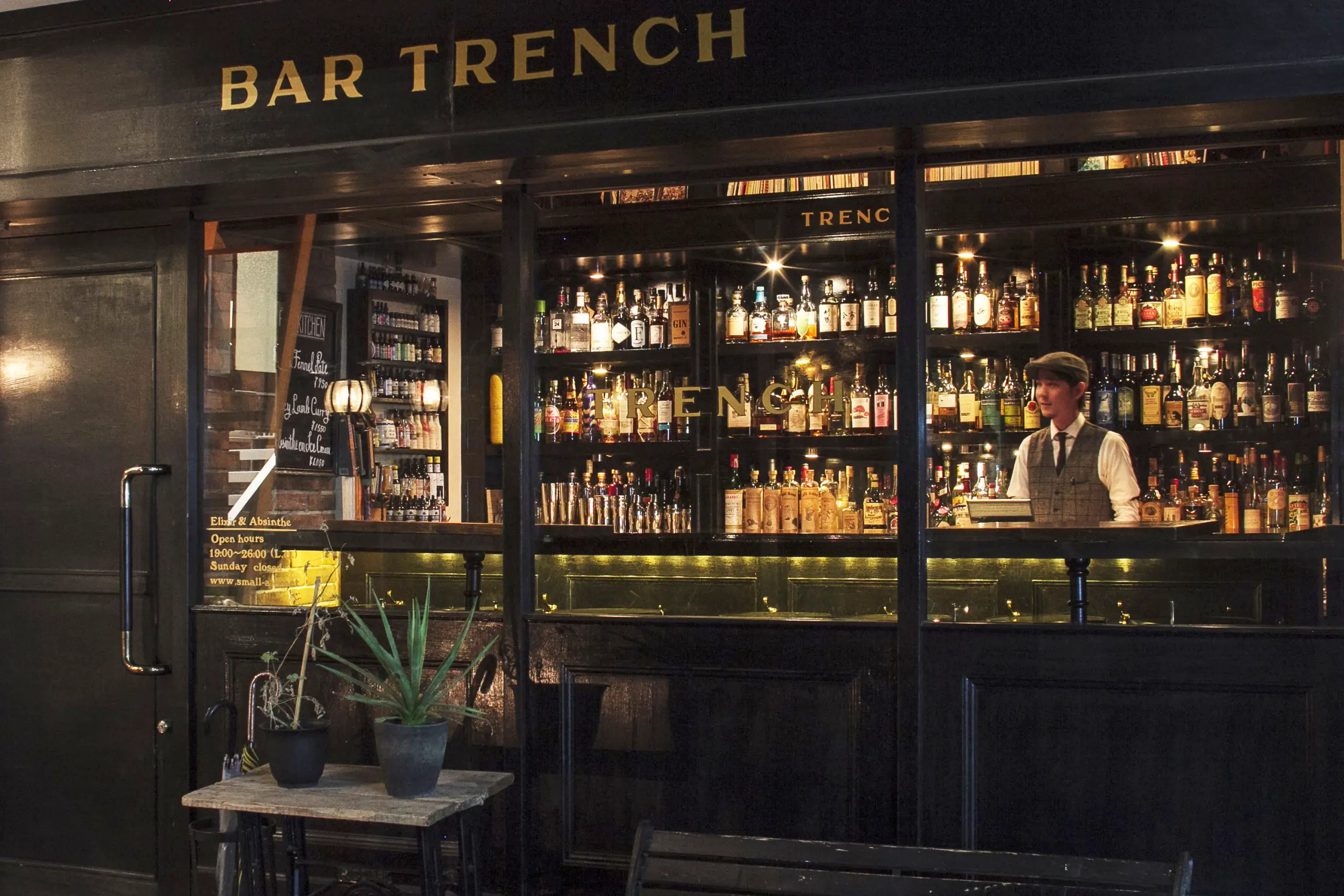
The Trench Annex, the bar’s covert pop-up, is however little known. (Source: Internet)
The Mezcal Milk Punch (¥1,650 ∼ 12,3 USD) with cardamom bitters, the Trench 75 (¥1,540 ∼ 11,48 USD) with Nikka Coffey Gin and a dash of honey lemon, as well as a few unique drinks that bar co-owner Rogerio Igarashi Vaz has created since opening this outpost are all available on the menu. Be careful to double-check Bar Trench’s Instagram feed for details before you go because The Annex is only occasionally open.
4. The Open Book
Unquestionably, one of Tokyo’s most endearing nooks is concealed behind a little, unassuming wooden door that blends into Fifth Avenue in Golden Gai. The Open Book is a fortunate exception in Golden Gai, where most closed doors signify a members-only policy. The grandson of the acclaimed Japanese novelist Komimasa Tanaka runs this cozy standing bar, which is frequently crowded with readers.
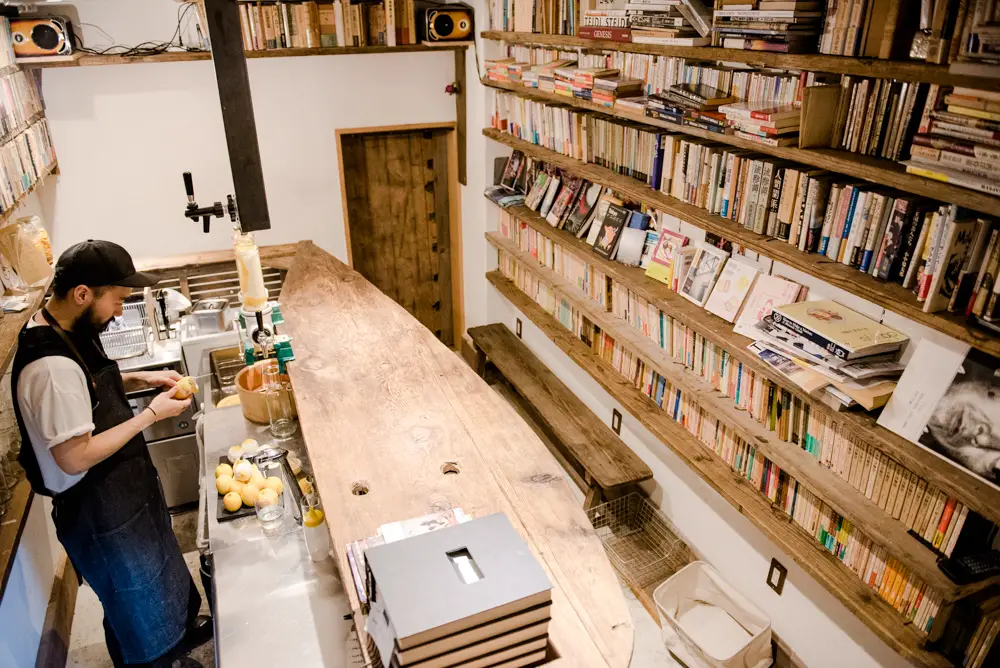
The Open Book is a fortunate exception in Golden Gai, where most closed doors signify a members-only policy. (Source: Internet)
The bar has two distinct areas: one side is devoted to its famous lemon sours, with jars of homemade lemon syrup and unique double-chamber filters placed behind the rustic counter, and the other is the pub’s famed open bookcase, with wooden shelves filled with priceless novels that patrons are free to browse. Along with some of the city’s greatest lemon sours, the bar serves a pleasantly moreish curry toast to anyone in need of a hot bite to accompany their drink.
5. Débris
Débris in Daikanyama, founded by the team behind the electronic music festival Zipang, hosts a variety of events, including club nights, art exhibitions, and movie screenings. The outcome is a unique smattering of preferences and sensibilities. The interiors and sound system were constructed with the assistance of artists and other creatives who earned their stripes in Japanese outdoor events.
You will soon enter a bright “neo-Asian” cavern that is filled with daruma dolls and neon signs when you open the door that resembles the entrance to a speakeasy from the Prohibition era. While you may enjoy fragrant Chinese tea and congee at the P.B.
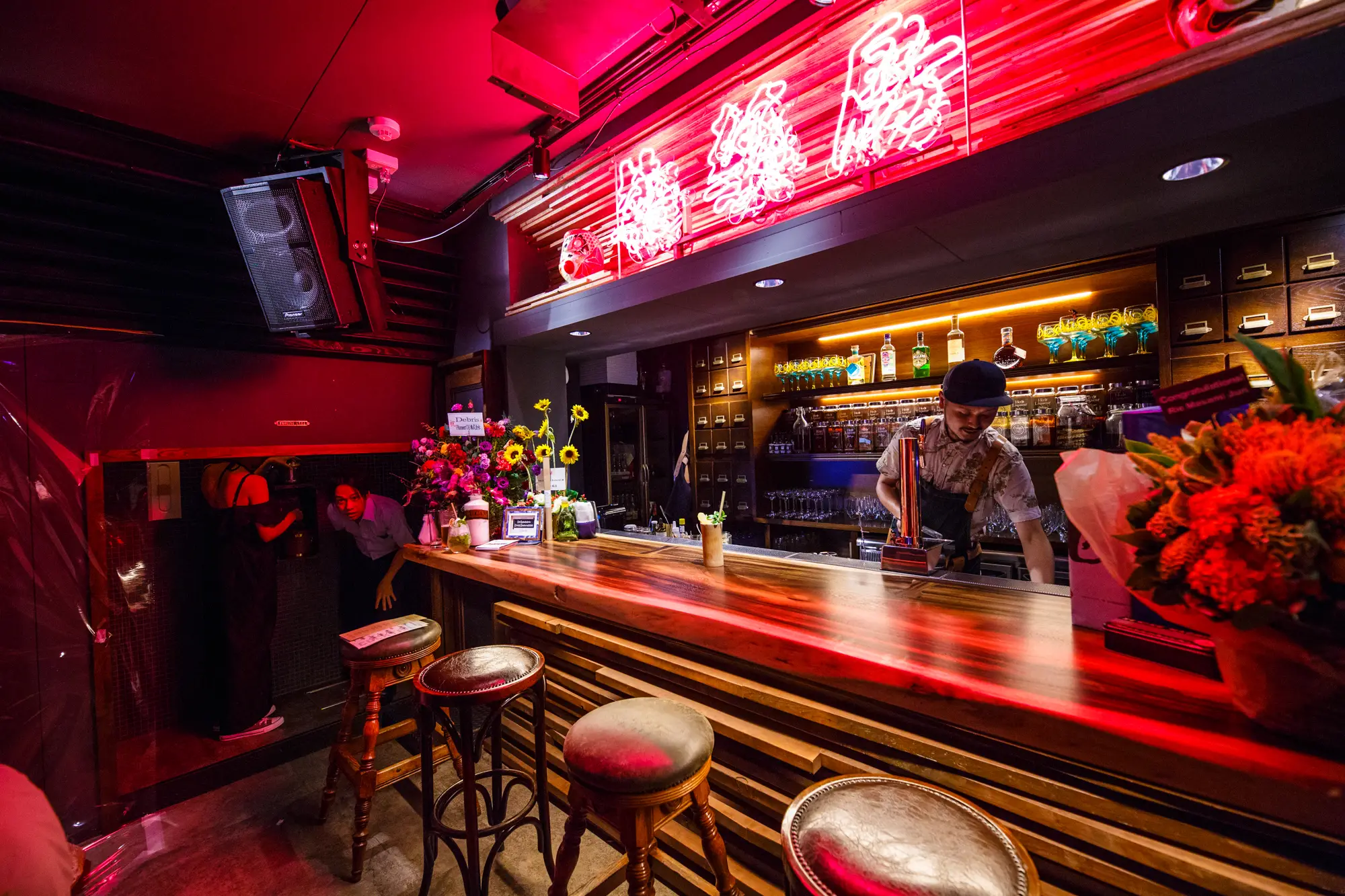
Débris in Daikanyama, founded by the team behind the electronic music festival Zipang, hosts a variety of events, including club nights, art exhibitions, and movie screenings. (Source: Internet)
Restaurant near the entryway, the bar serves cocktails made with craft spirits from all around the world. The owners of the mobile library Paradise Books have stocked the restaurant’s shelves with a selection of rare books. Overall, Débris is the kind of place that functions equally well around lunchtime and the frantic late-night hours before the last train.
6. No. 501
A small but trendy wine shop with a great selection of wine is located next to the two-Michelin-star Florilège restaurant, just a short stroll from Gaienmae Station. The adjective “avant-garde” comes to mind when one enters the industrial interior, where bottles of natural wine are displayed in vividly colored wire mesh racks that contrast the otherwise naked concrete walls.
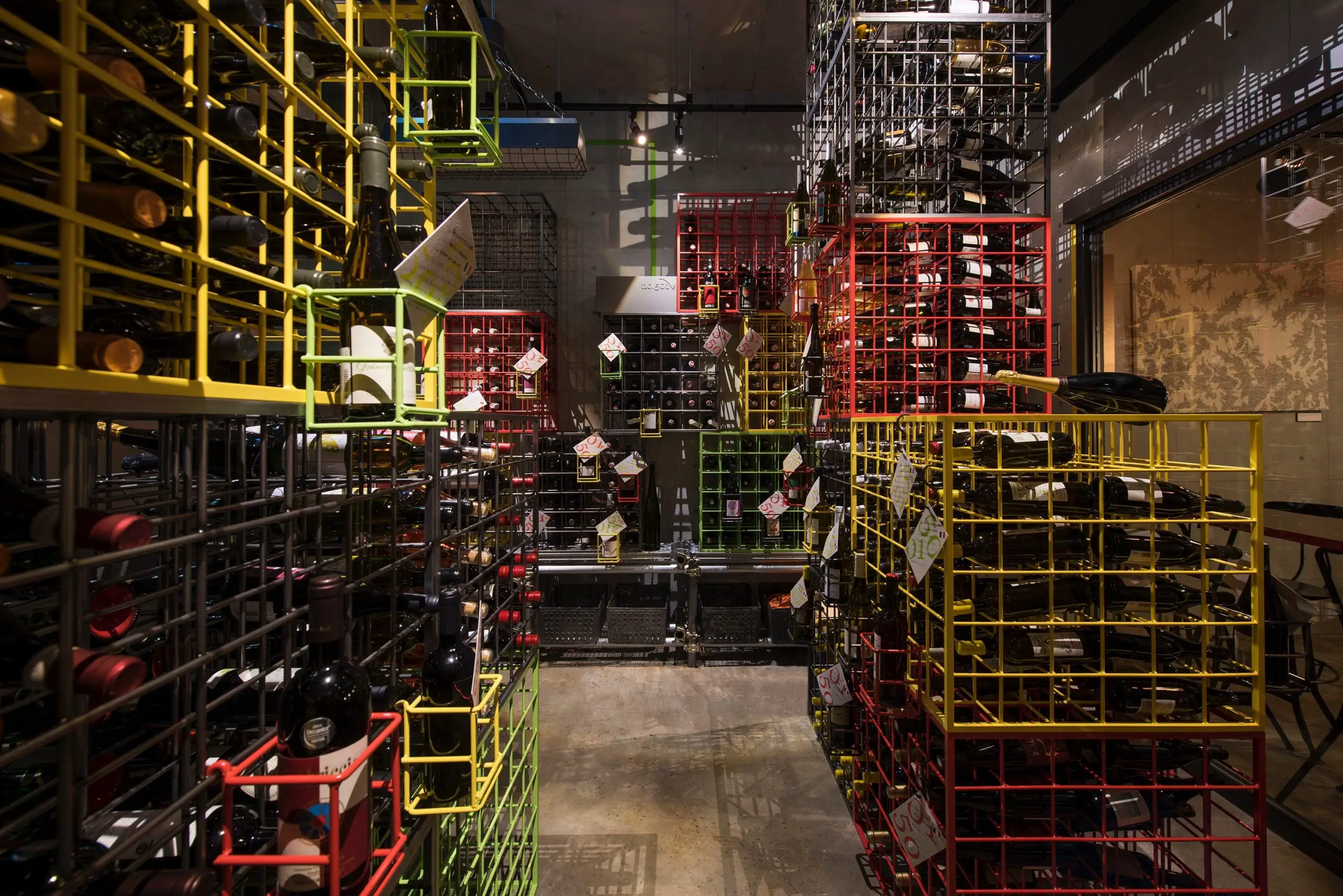
No. 501 wants its customers to get to know the people who make the wines that are sold here, much as farm-to-table restaurants want their diners to know where their product originates from. (Source: Internet)
No. 501 wants its customers to get to know the people who make the wines that are sold here, much as farm-to-table restaurants want their diners to know where their product originates from. Every bottle in the store, whether it be the delicious Pastafarian from the Australian Unico Zelo microbrewery or the rich Chard à Canon chardonnay by French artisanal winemaker Nicolas Arnou, has a unique tale.
At the bar in the back of the store, you may buy glasses of wine together with seasonal dishes from a weekly food menu designed to go with the wines from the cellar.
7. Aoyama Tunnel
Aoyama Tunnel, a secret bar and music venue, has reopened after a protracted closure due to the pandemic and is prepared to welcome back the city’s alternative partygoers. The nightlife establishment is situated, as its name would imply, behind a black and yellow entryway at the top of the Aoyama Tunnel.
Since it has undergone renovations, the area no longer resembles the gritty DJ bar you may recall. Different pieces of wall art have been installed, and new sofas have also been added. Even the sound system has been improved using Taguchi amps, and the acoustic layout has been modified to improve the sound quality for listeners in every area of the venue.
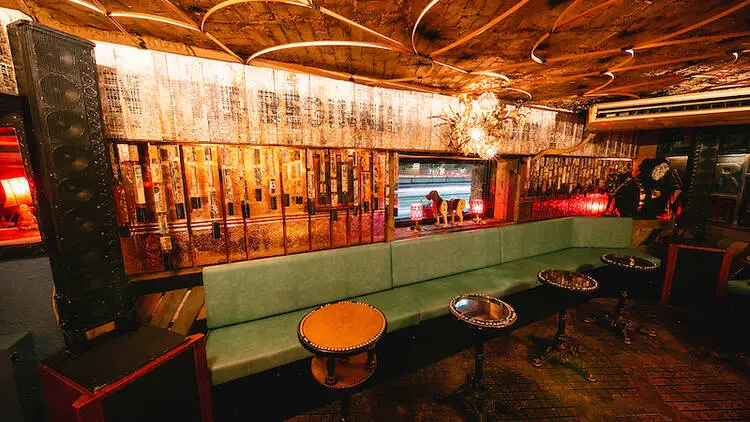
Aoyama Tunnel, a secret bar and music venue, has reopened after a protracted closure due to the pandemic and is prepared to welcome back the city’s alternative partygoers. (Source: Internet)
You can enter the main level and the Red Bar on the floor above for the admission price of ¥300∼ 2,24 USD. DJs of all ages and professions can be found at regular events, though house music is most popular.
FAQs
1. Where in Tokyo has the most vibrant nightlife?
The most well-known nightlife areas in Tokyo are Shinjuku, Shibuya, Ginza, and Roppongi. To the northeast of Shinjuku Station is Kabukicho, the largest red light district in Japan, which is home to a significant number of hostess clubs, restaurants, pubs, nightclubs, and massage parlors.
2. Which Tokyo street is known for its bars?
Shibuya is well-known for being one of Tokyo’s trendiest nightlife areas in addition to being noted for its crowded crossing.
3. What Tokyo areas have the greatest bars?
The districts of Shibuya, Shinjuku, Roppongi, Ginza, Shimokitazawa, and Ebisu are the greatest places to experience the best nightlife in Tokyo. The first three are frequently the most well-liked by visitors from abroad, although the others are also excellent for a night out.
4. What area of Tokyo is the most opulent?
Located in the northwest corner of Minato Ward, Aoyama (青山) is one of Tokyo’s wealthiest neighborhoods. The area is highly renowned for its cafes, restaurants, and international fashion houses.
5. Is there more nightlife in Shibuya or Shinjuku?
Depending on what you require, the Shibuya and Shinjuku neighborhoods are both fantastic at different times. While Shibuya has superior shopping opportunities, Shinjuku may be a better pick for a night out. As each location is only 5 minutes away by train, it is highly doable to visit both in a single day.
6. How can you enjoy Tokyo’s nightlife?
Bars and clubs are spread out throughout the city, although Roppongi, Shibuya, and Shinjuku have the biggest and liveliest nightlife scenes. With the majority of Tokyo’s nightclubs, Roppongi draws a sizable international clientele. Shibuya has a slightly less mainstream and more hip atmosphere.
7. What does a girls’ club in Tokyo do?
Simply said, a girls bar is a place where female bartenders prepare beverages and serve patrons. Customers who are seated at the bar can converse with the girls as they prepare drinks. The fundamental rule is to avoid serving customers’ drinks next to them.
8. What should I wear to bars in Tokyo?
It’s a little taboo but not forbidden. There is no set attire to follow for a night out in the Tokyo nightlife. T-shirts and jeans are appropriate for a casual look, while dresses and costumes are appropriate for a full-blown spectacle.
9. Why is Shinjuku such a hotspot?
With more than three million visitors per day, Shinjuku Station is the busiest railway station in the entire globe. The station itself connects central Tokyo with the neighboring suburbs via 13 train lines.
10. Do bars in Tokyo still allow smoking?
Smoking is outlawed outside of designated smoking areas in all public buildings, including hospitals, schools, and municipal offices. Except in well-ventilated rooms where eating or drinking is permitted, smoking is not permitted inside of bars, restaurants, or other similar establishments. Izakayas, a type of small pub, are excluded, nevertheless.
11. Can you actually meet girls in bars?
Bars are thought to be among the finest venues to meet women in part because it is usually extremely easy to strike up a conversation with a girl there. After all, going out to bars is primarily done for socializing, having fun, and relaxing purposes.
Conclusion
Tokyo is not merely a center for food. Additionally, it’s one of the most elite cocktail hotspots in the world, where white-suited bartenders with lacquered hairdos can mix up a fantastic classic Manhattan or an odd smoked martini with foie-gras gin and chocolate. Searching for that special bottle of Japanese whisky? Most likely at Zoetrope.
There are also lots of trendy natural wine bars and stylish sake bars if alcoholic beverages aren’t your style. Whatever you’re looking for, the city won’t let you down, but we’ve compiled a list of some of our favorite drinking establishments in Tokyo below. Be ready to spend a night (or two) in Tokyo after reading our recommendations for the best bars in Tokyo.

